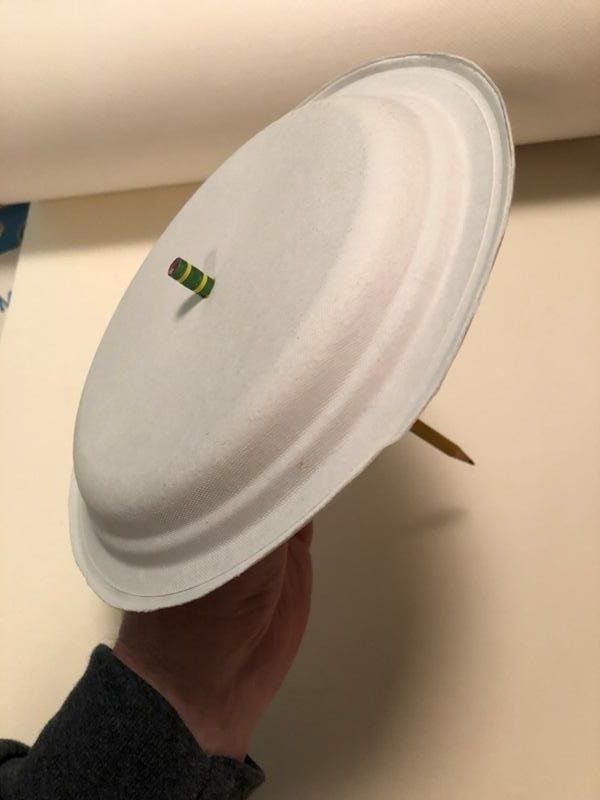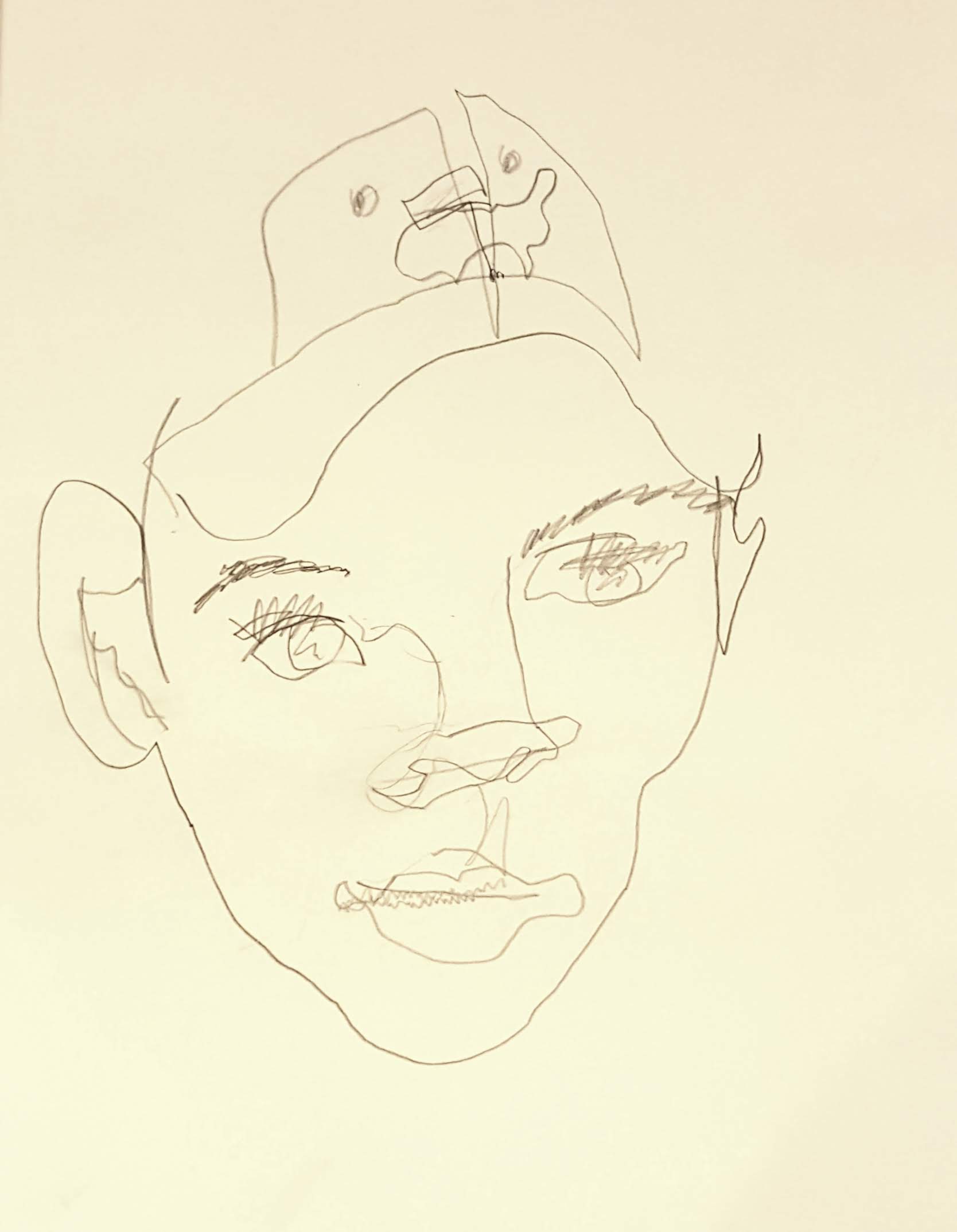If you can hold a pencil and write your name, you can draw… and you should! Drawing is a simple, inexpensive way to begin experimenting with your own creative process that has also been found, in countless studies, to improve mental health, memory, communication skills, and problem solving capabilities. Spending even four minutes sketching a person, an object, or a moment in our daily lives strengthens our brains’ ability to recall it later, and just fifteen minutes of drawing can soothe difficult emotions such as sadness, nervousness, anger, or frustration. Drawing helps us practice mindfulness as it requires us to sit in observation, to slow down and to remain focused on the present moment.
Picasso said, “Every child is an artist; the problem is how to remain an artist once he grows up.” As adults, we have been conditioned to seek results, success, mastery, perfection. We have been taught to try until we get it ‘right’, to work hard, that ‘it wouldn’t be work if it were fun.’ We have been taught to avoid tasks that cause us to feel vulnerable and choose tasks that allow us to remain armored in whatever role gives us a sense of purpose and belonging in a society obsessed with being the ‘best’.
Drawing might feel like an incredibly scary undertaking in the face of these very rigid preconceived expectations. We typically associate drawing with realism, and assume that if we are incapable of capturing a likeness, we can’t draw. We have convinced ourselves that only those with certain ‘talent’ can make art; but the truth is, we are all inherently capable of mark making, which is all drawing really is — putting shapes, lines, and dots on paper.
The benefits available through drawing are delivered through the act itself, not the final product. The moment we release our obsession with the end result, we discover the joy of creating. A fun perk to releasing our expectation is that when we sit in observation and really look at whatever it is that we are drawing — without getting swept away in our brain’s tendency to fill in the blanks — we actually end up with more realistic drawings, and realize we had the capability to put what we see on paper all along if that’s what brings us satisfaction. The real trick to observational drawing is in the observation itself, much more so than the act of putting pencil to paper.
To begin a mindful drawing practice, you just need fifteen minutes and a pencil and paper. Below is a fun exercise to get you started:
1. Notice your breath. Relax into your body and get curious about your thoughts. Be aware of any judgements and release them.
2. Put on soft music. Make a hot cup of tea or sit in your favorite space. Combining drawing with other pleasant sensory experiences can help you stay grounded and present.
3. Choose an object that you would like to draw and place it where you can comfortably see it.
4. Now… you are going to draw that object without ever looking at your pencil and paper and without lifting your pencil from the paper! Yes, you read this correctly — no peeking at your paper!! As your eye moves along the object, your pencil moves with it. Go slowly, take deep breaths, and really see the object. This is called blind contour drawing and helps teach us the key to observational drawing — observation!
5. If it helps, place your pencil through a paper plate to shield your wandering eye and set a timer for five minutes. For at least the first few times you do this, challenge yourself to draw for the entire five minutes so you are not tempted to rush.

And HAVE FUN!!!!
Ashleigh Rogers is the Creative Director at DrewBoy Creative. She is an artist, art instructor, and facilitator in Tri-Cities, Washington. Her work explores the themes of connection and intergenerational stories through experimentation in painting, photography, installation, and sculpture. Ashleigh is passionately dedicated to facilitating accessible arts programming in her community.
Find her on Facebook: fb.com/AshleighRogersArt or Instagram: ashleigh.a.rogers


